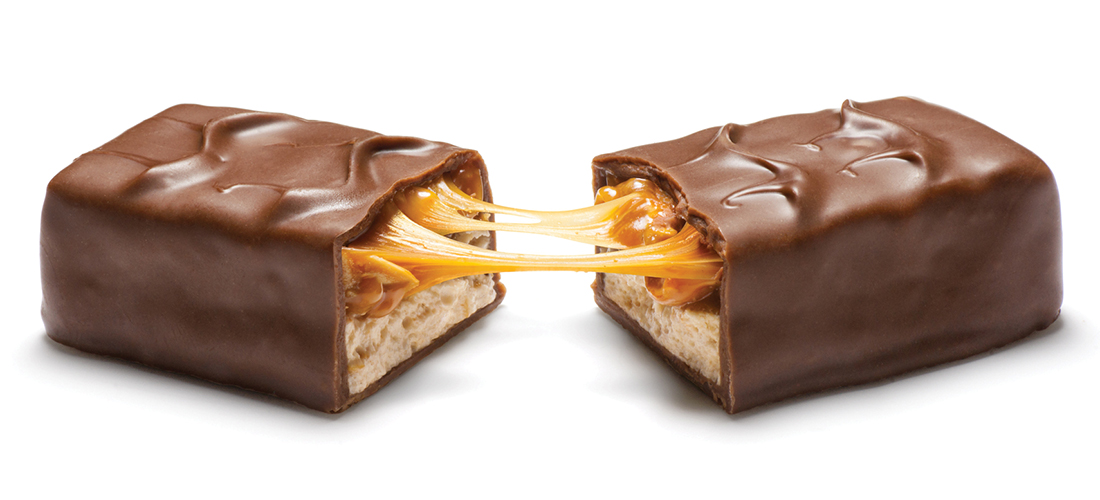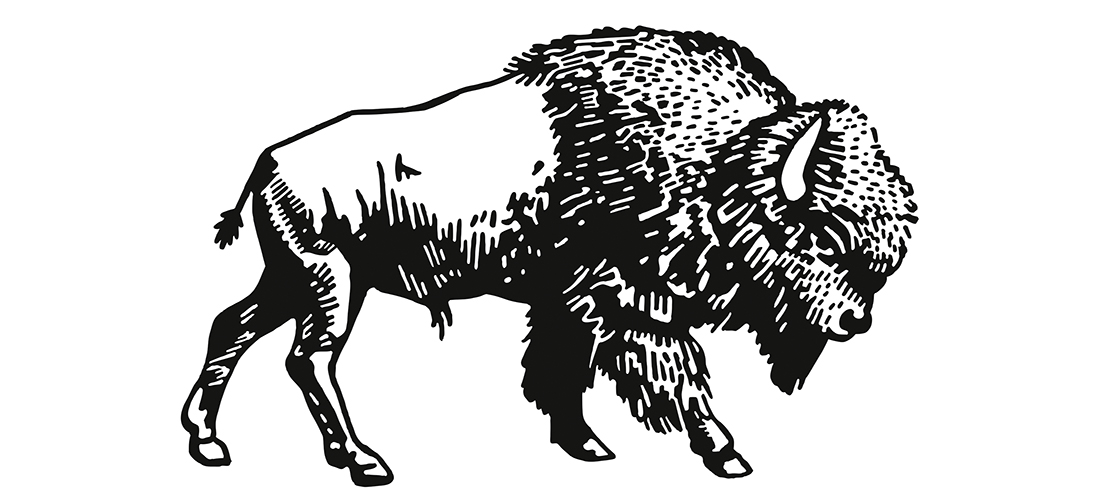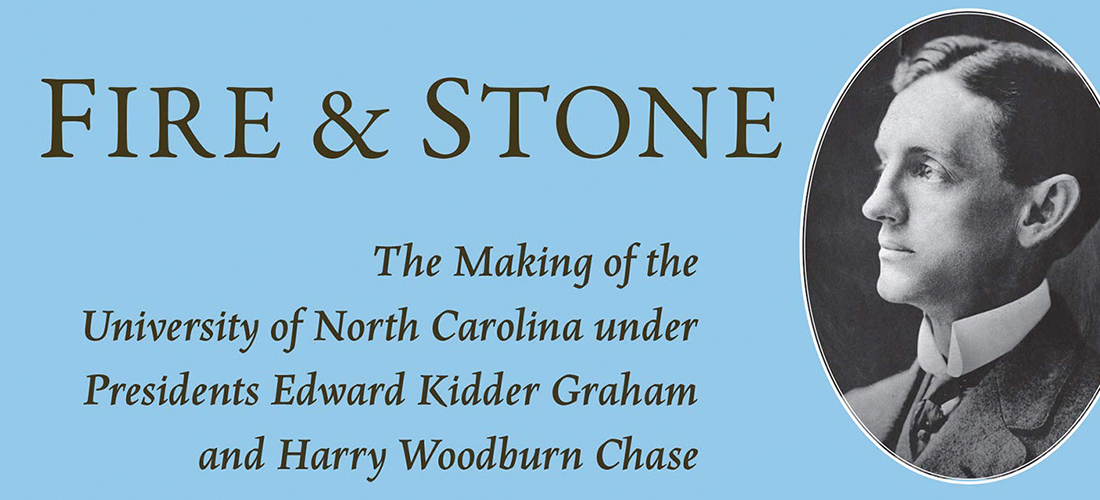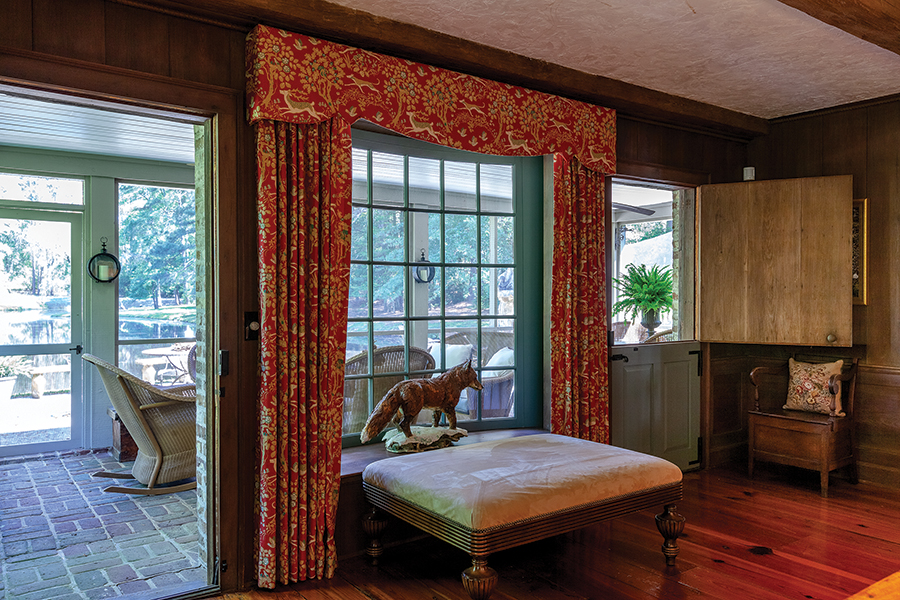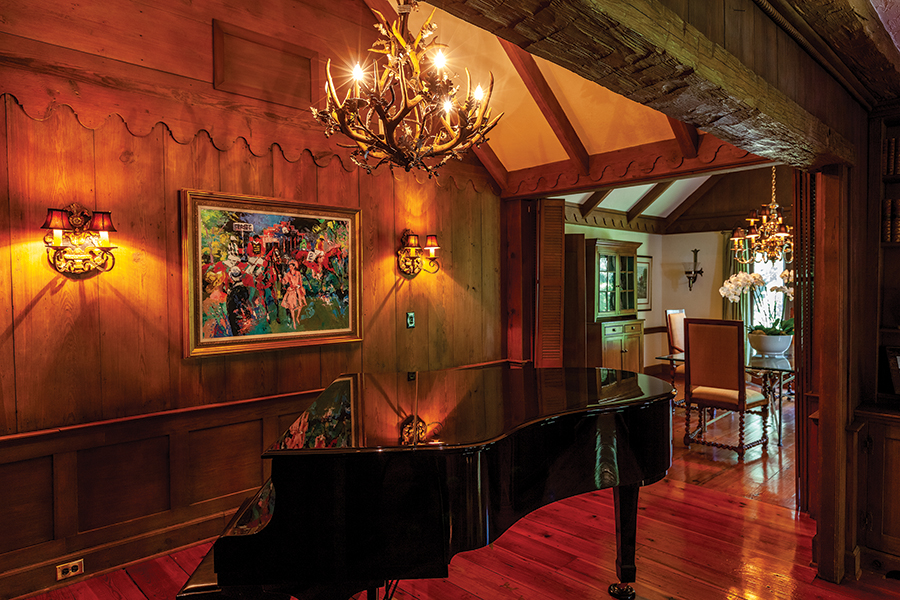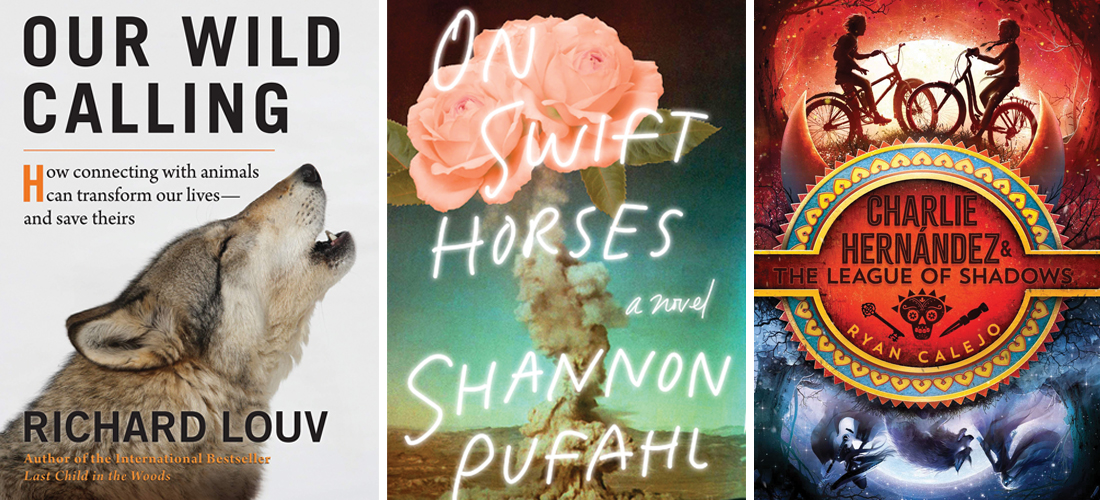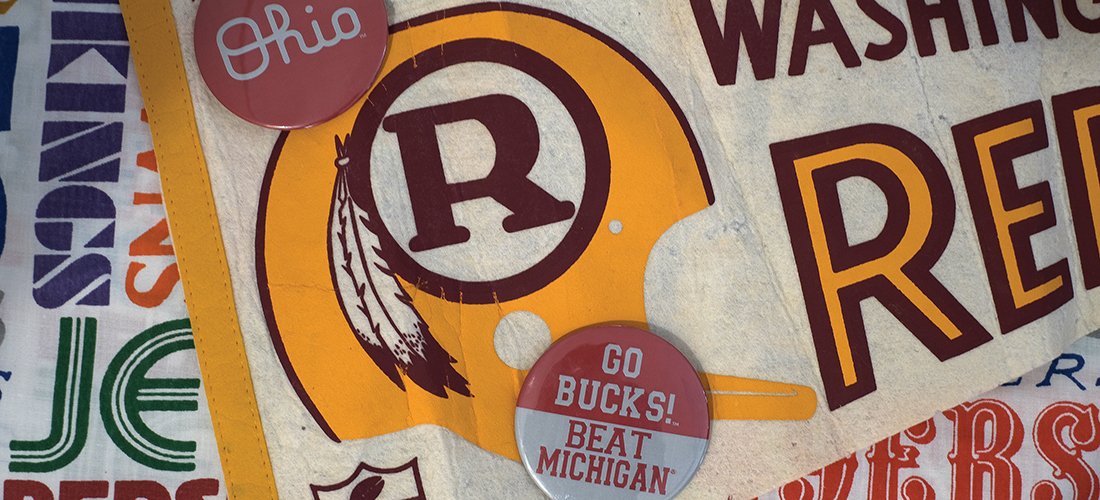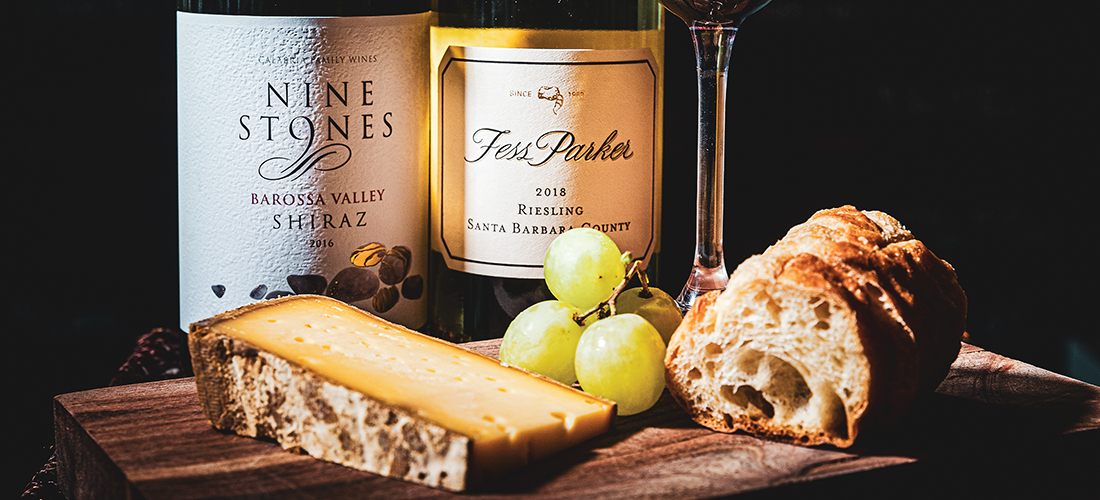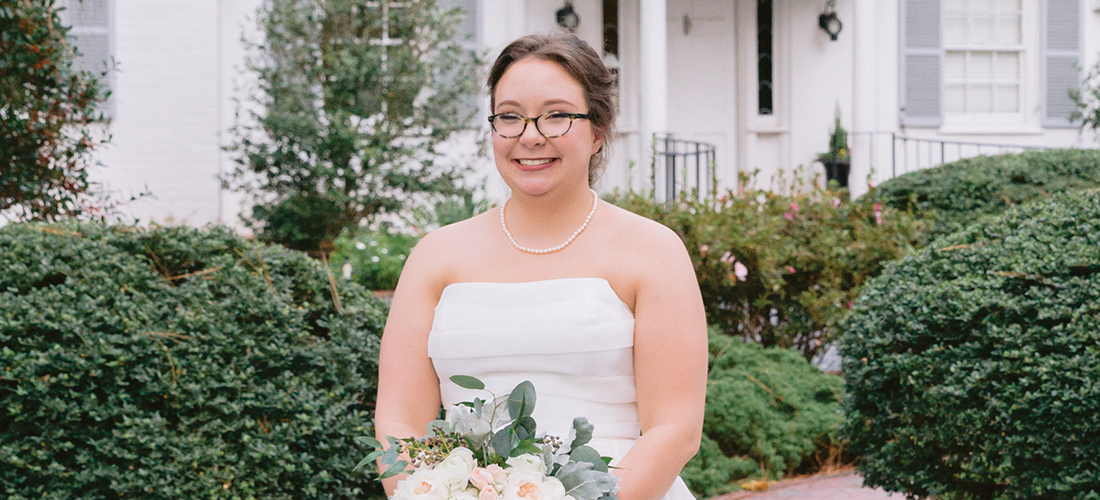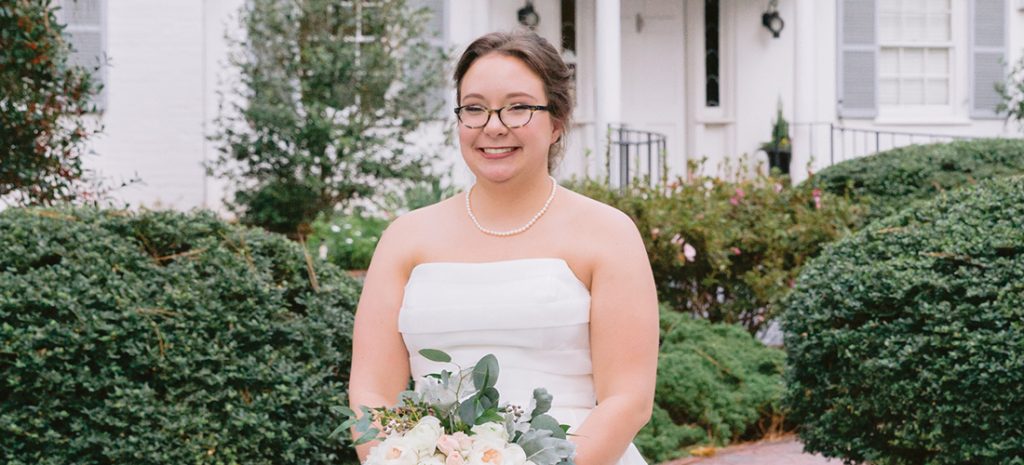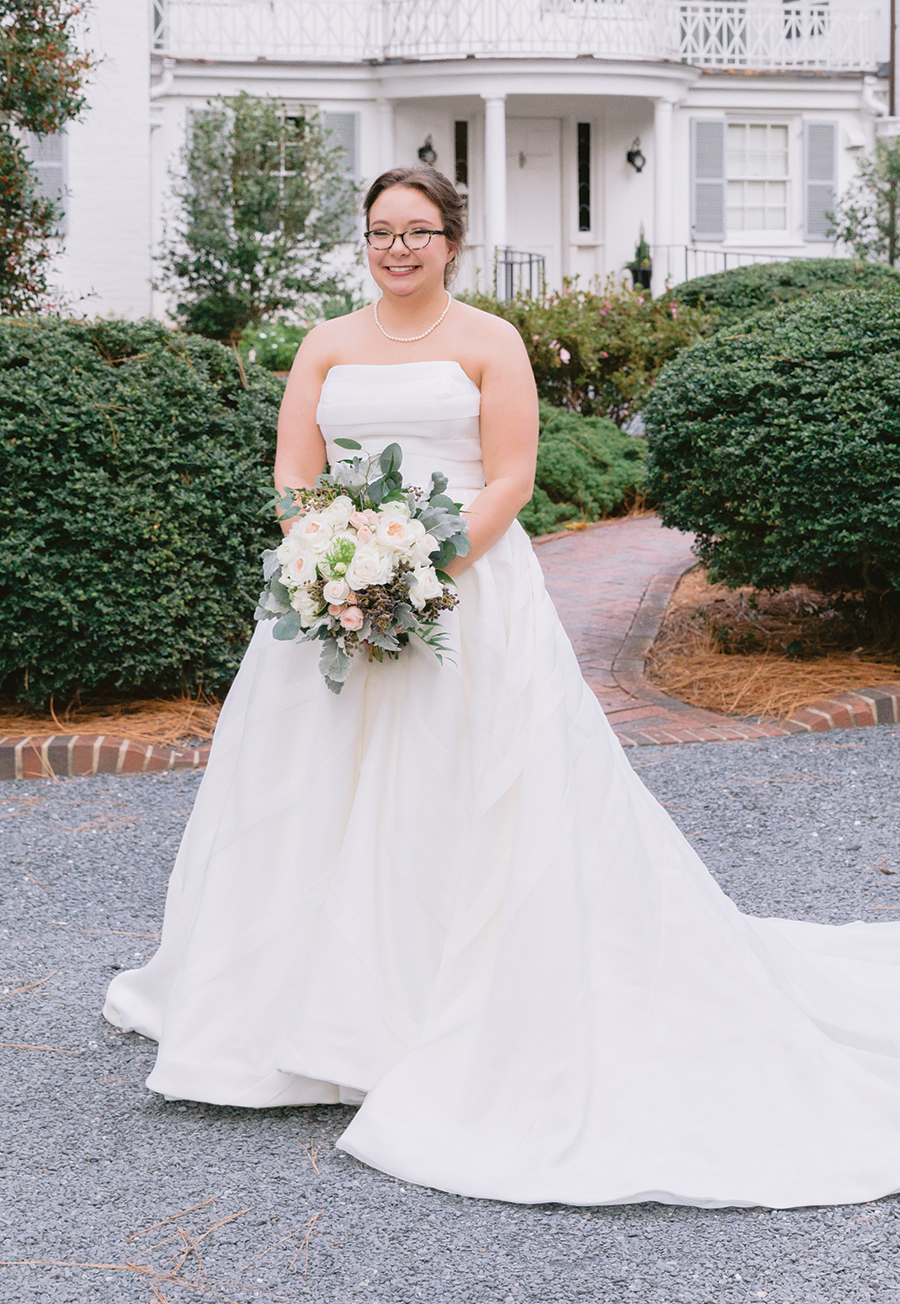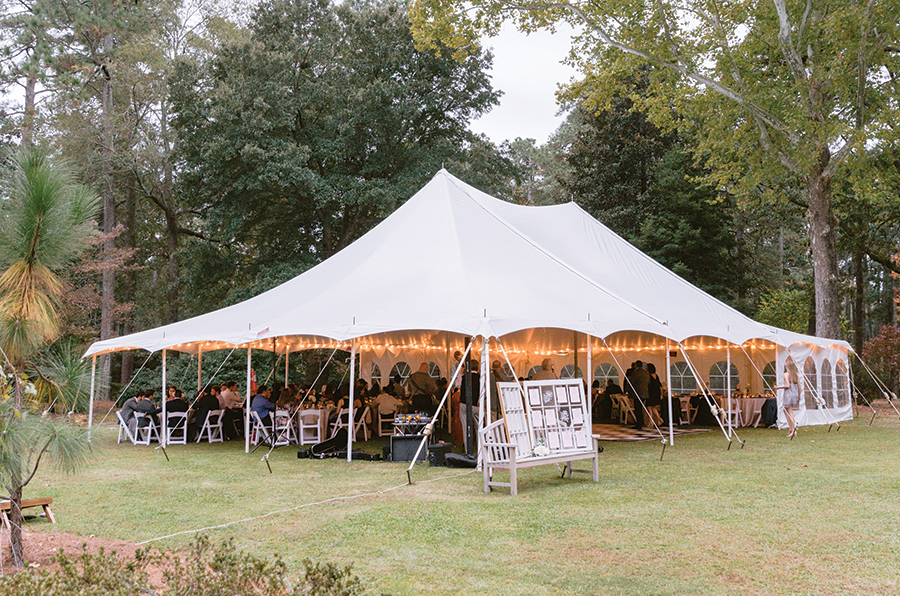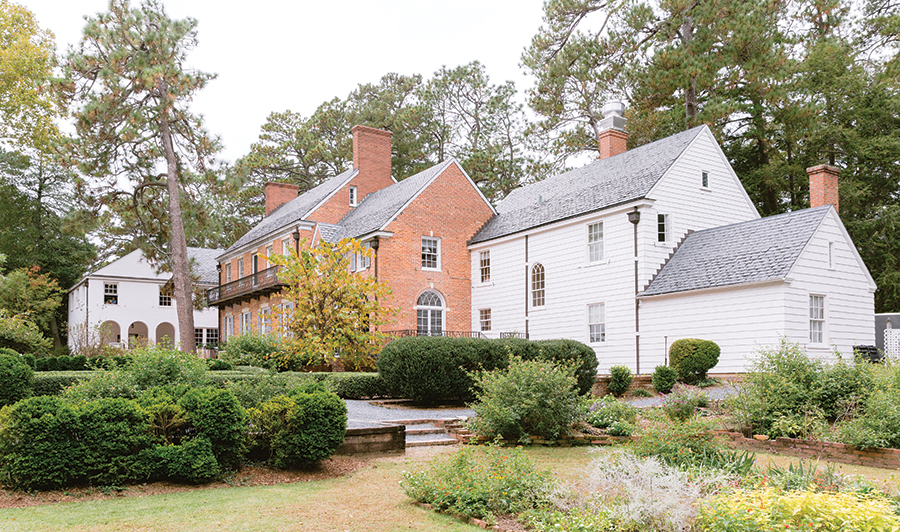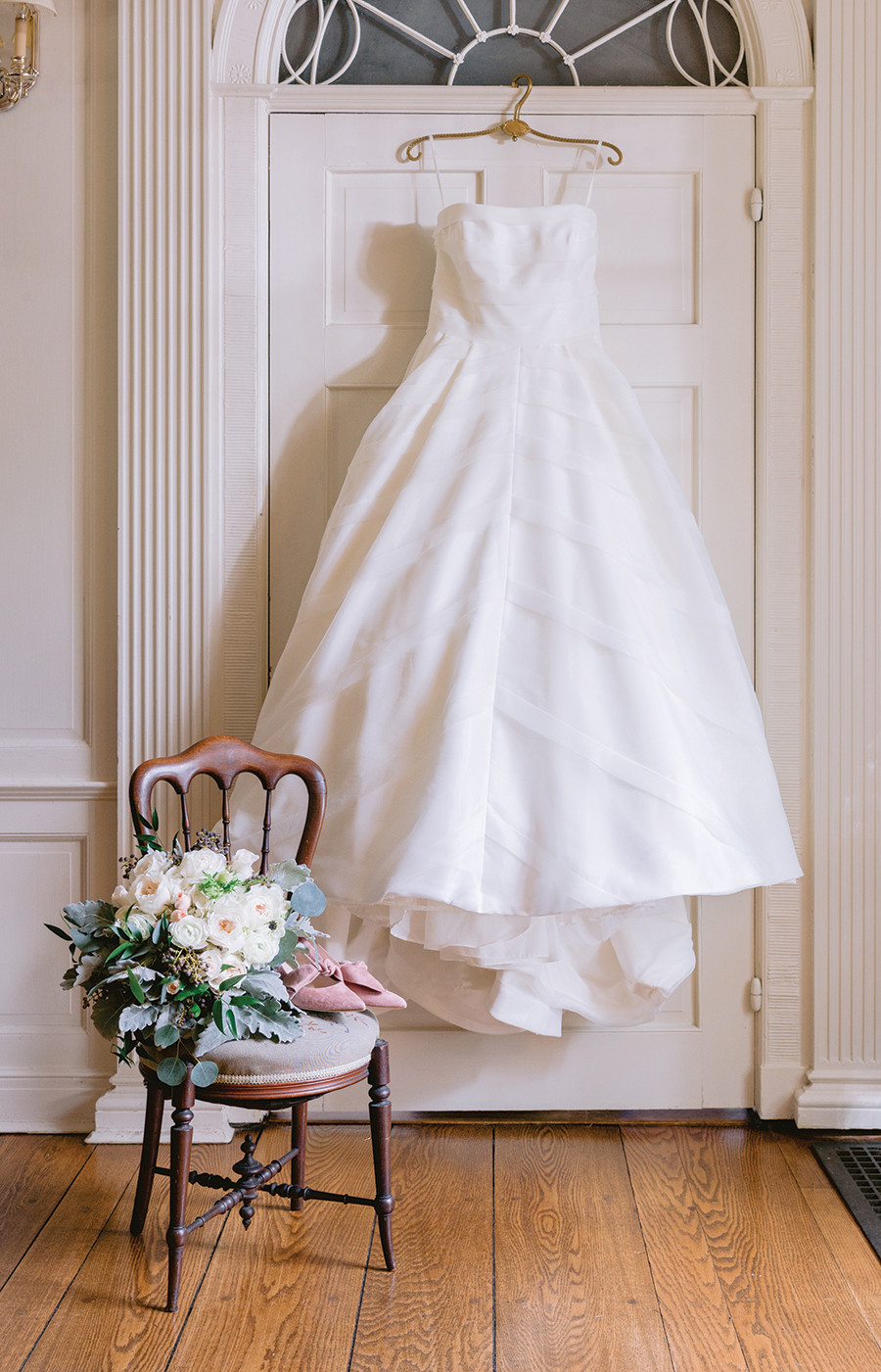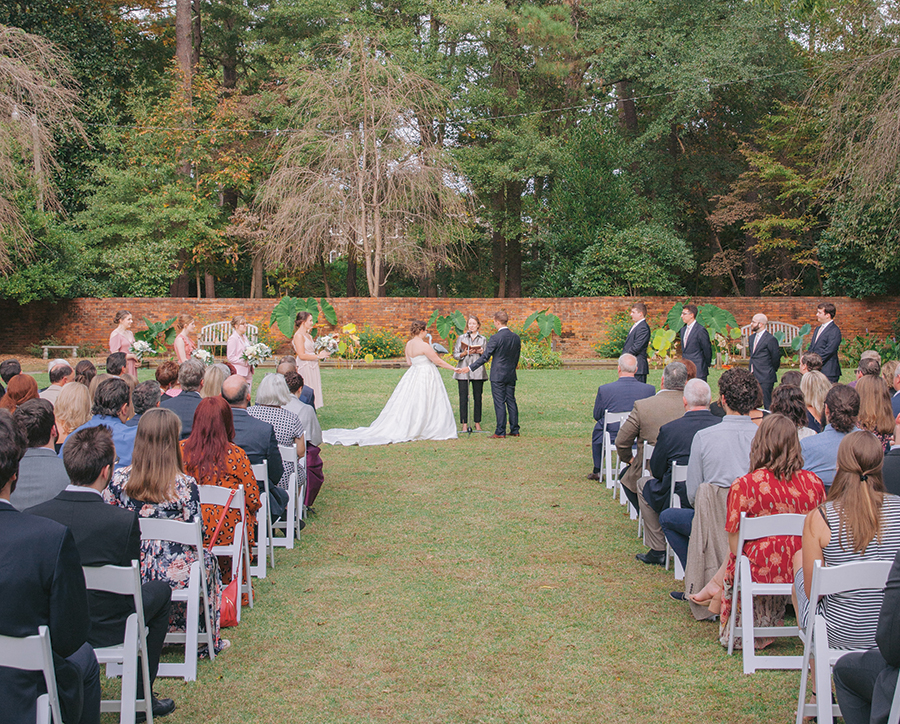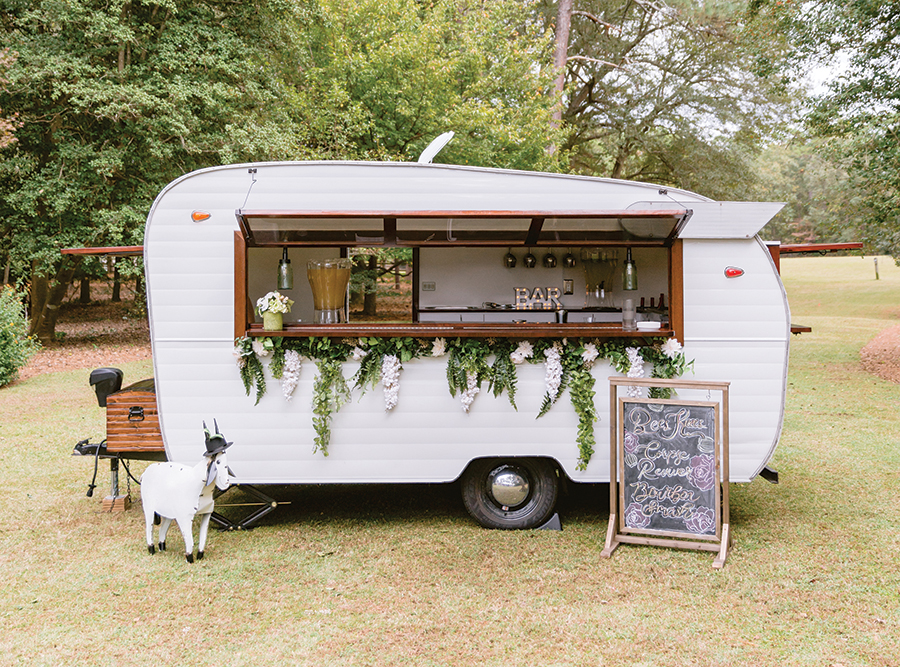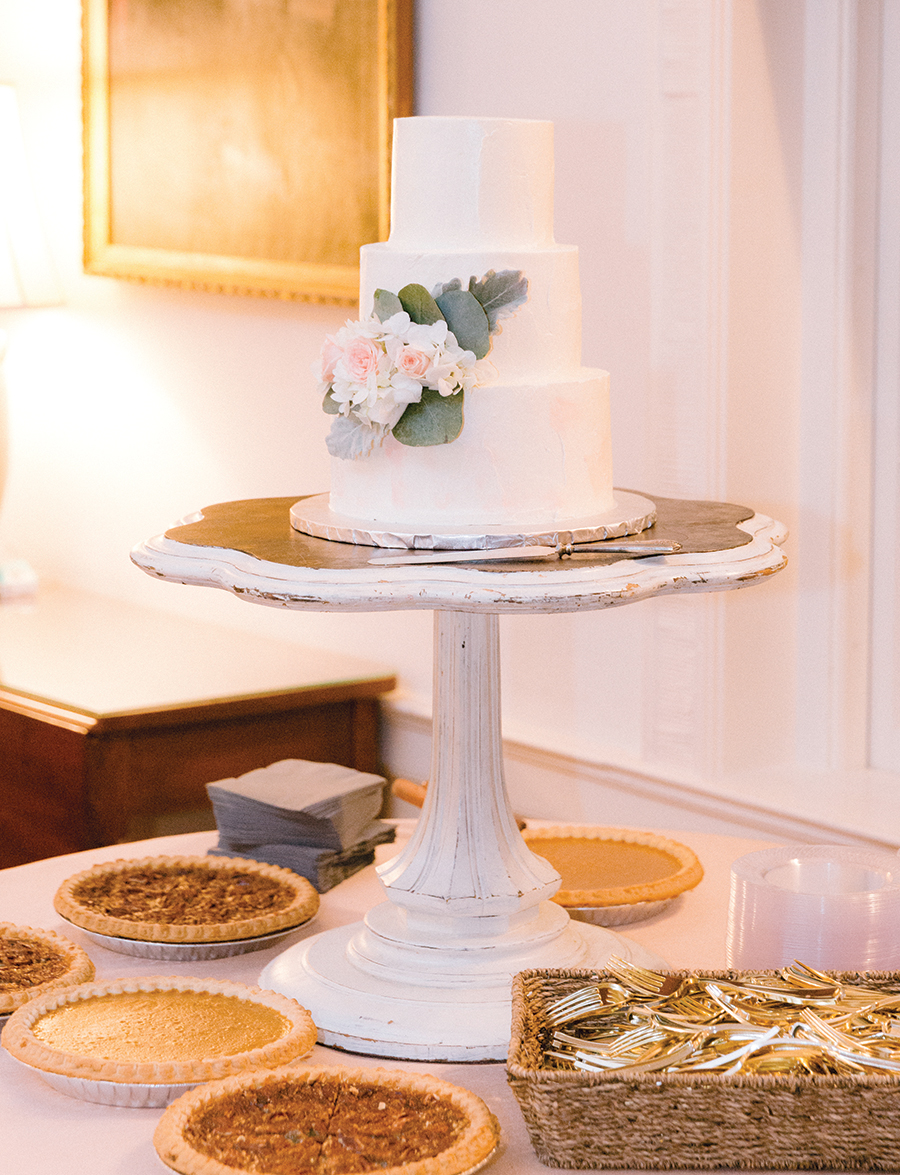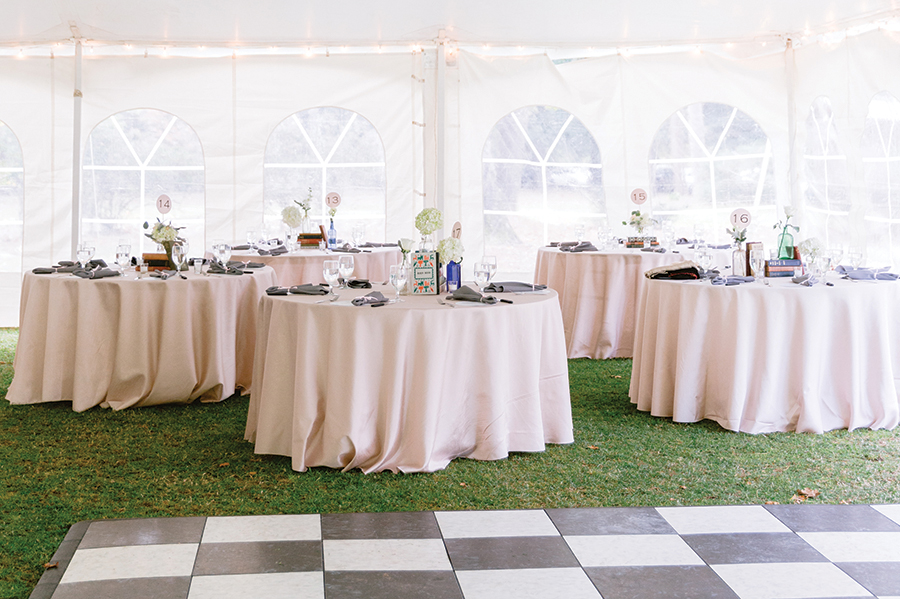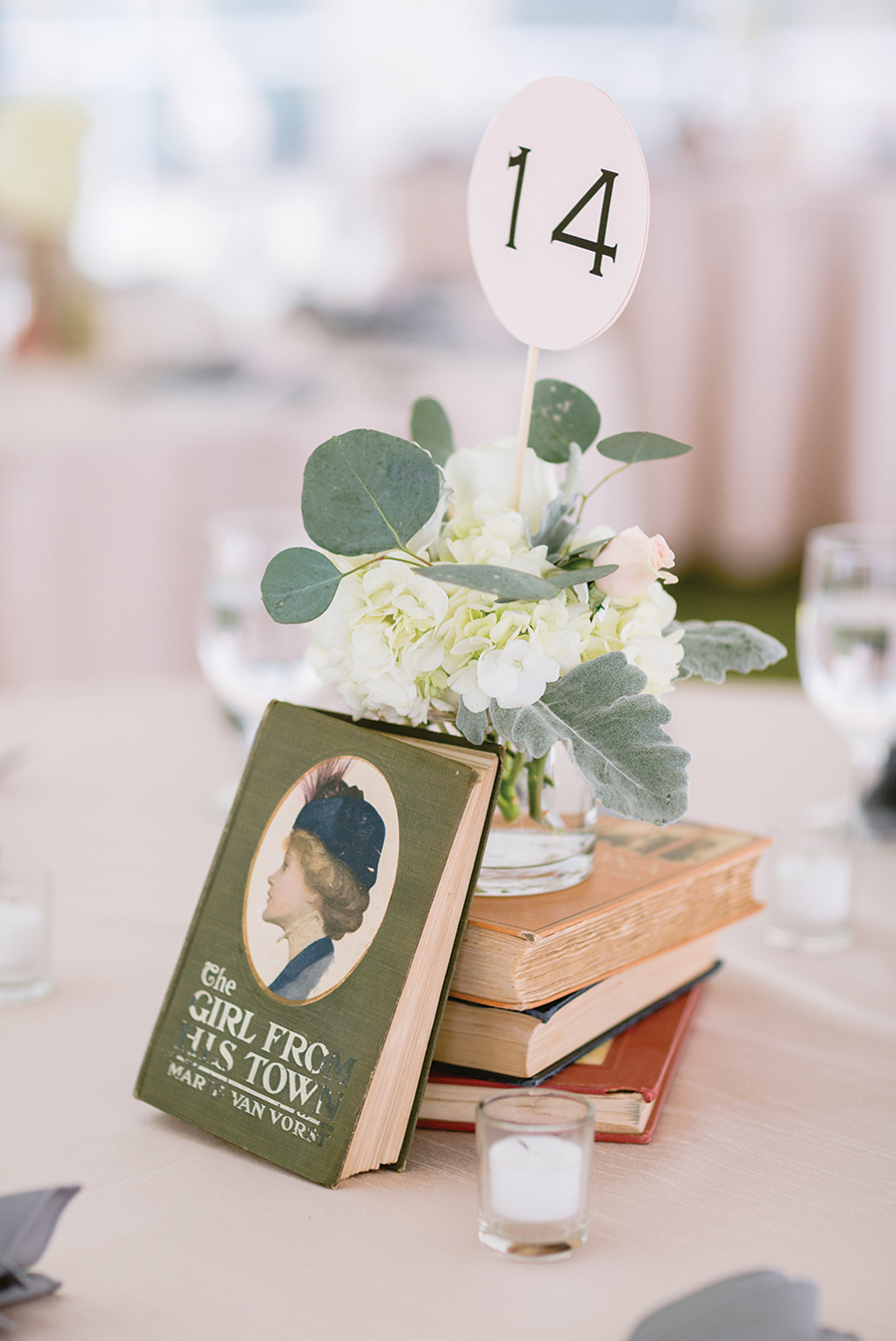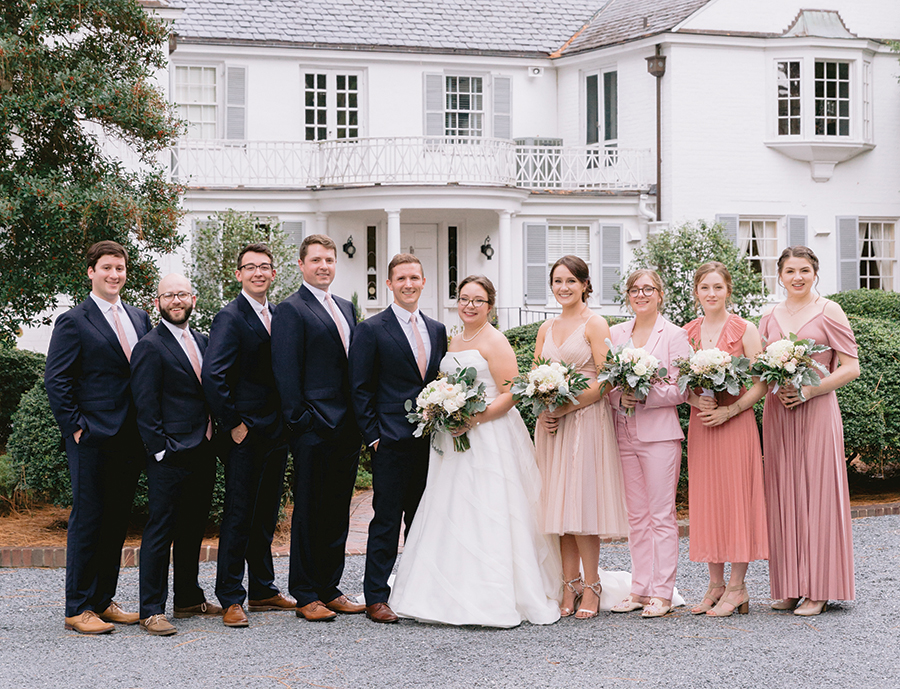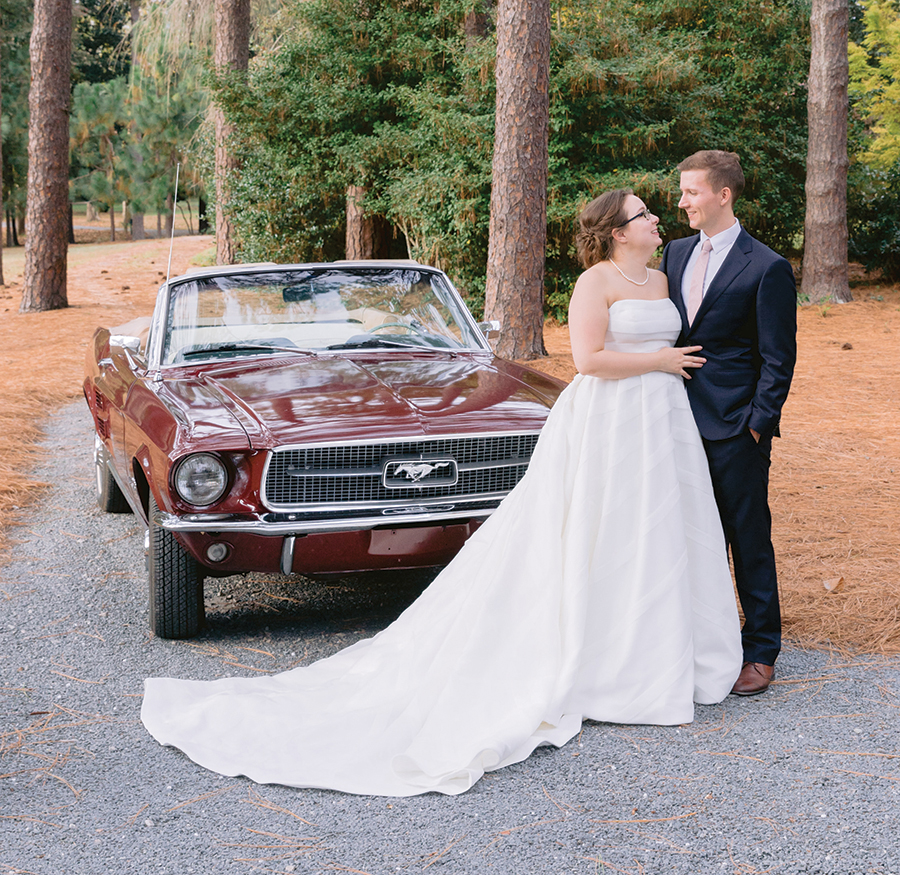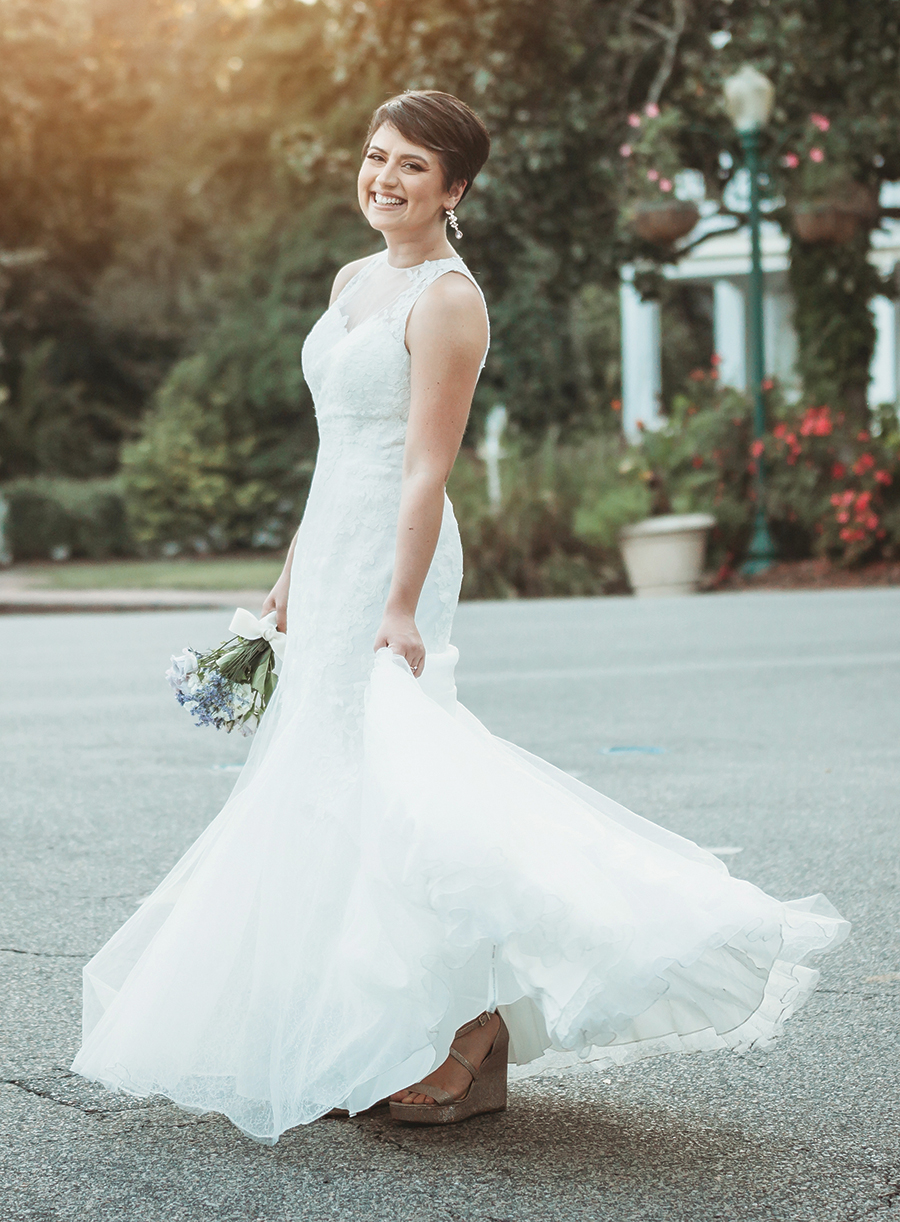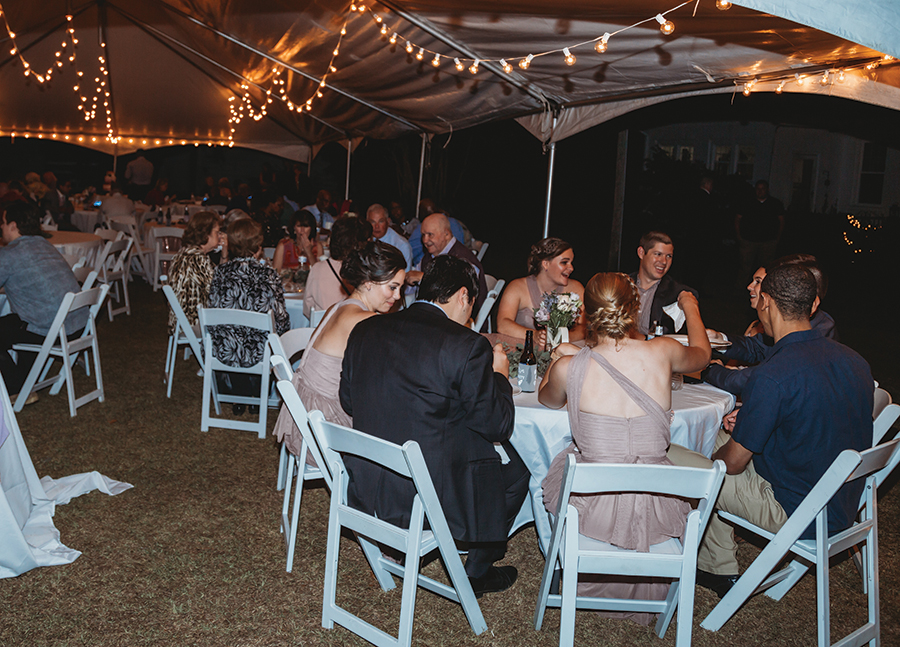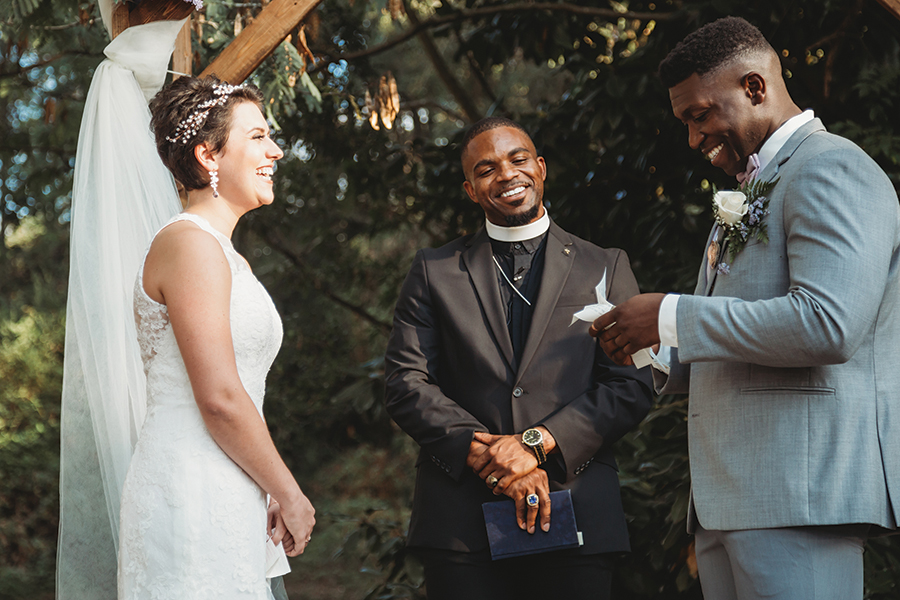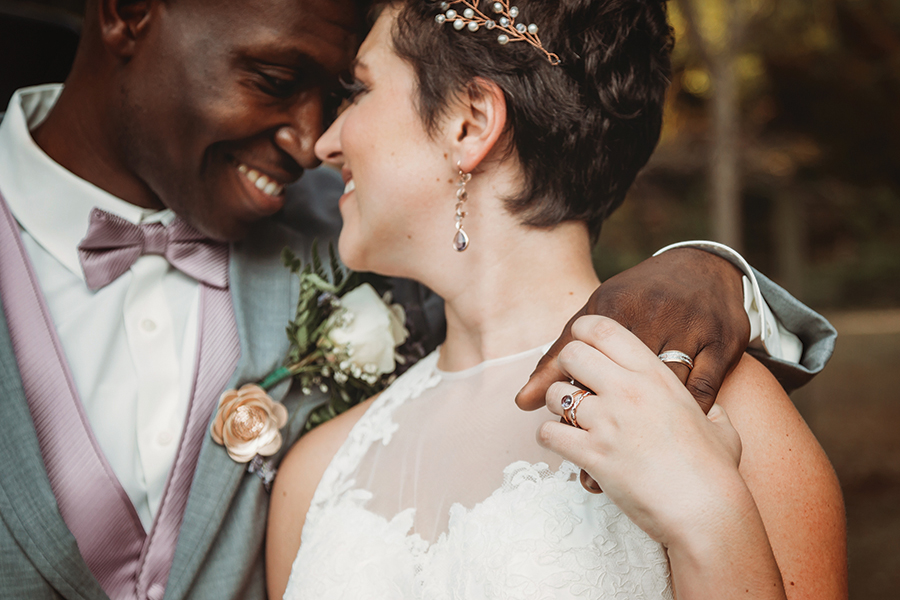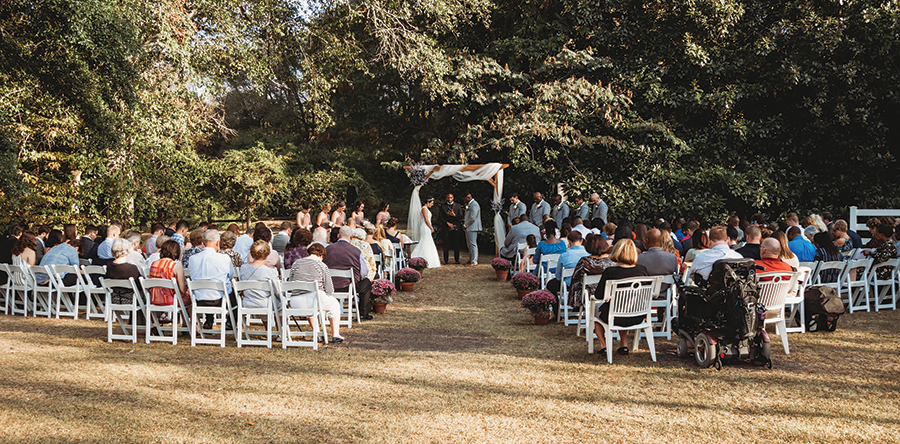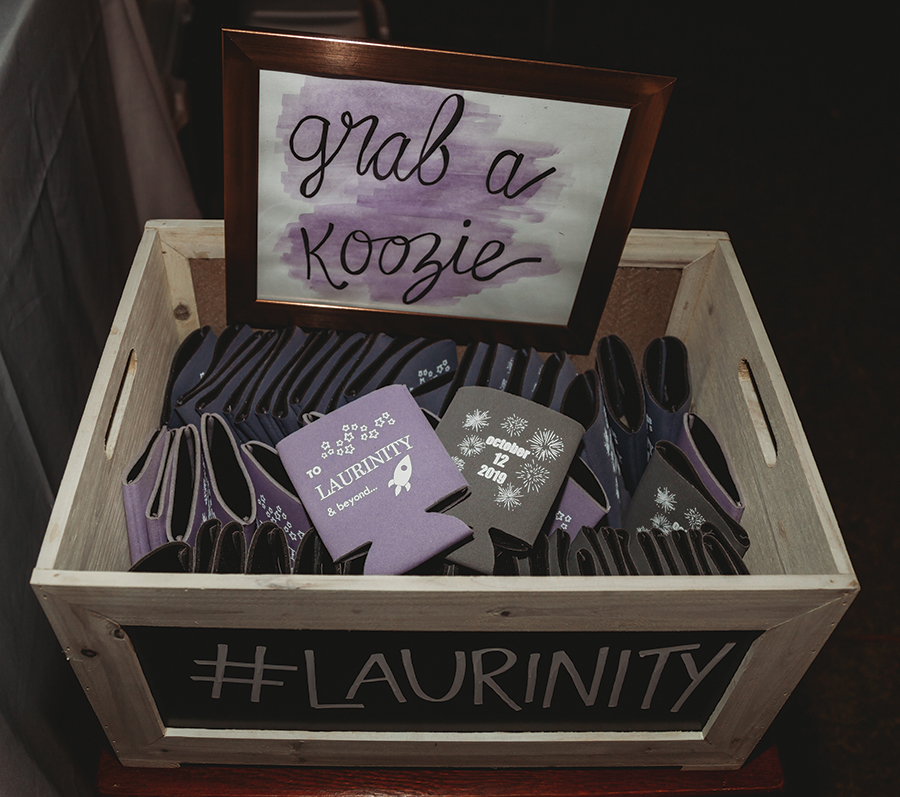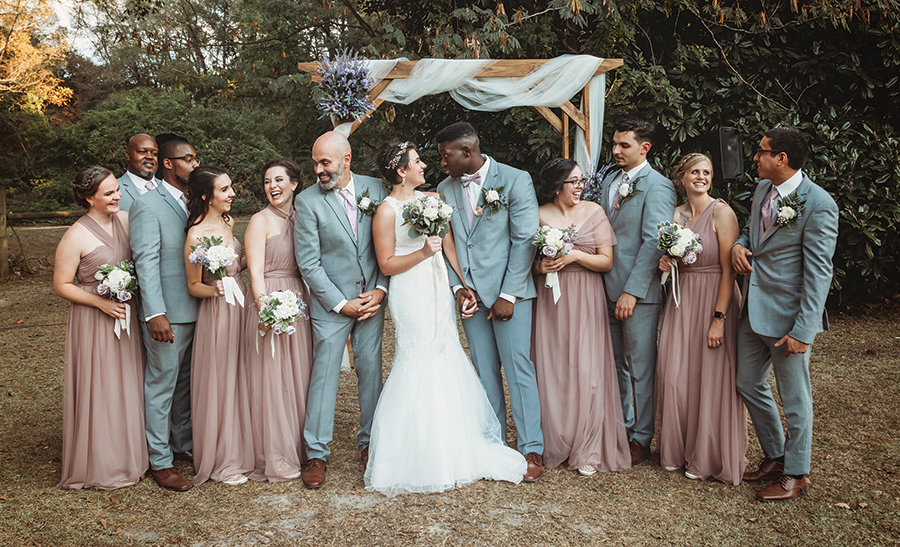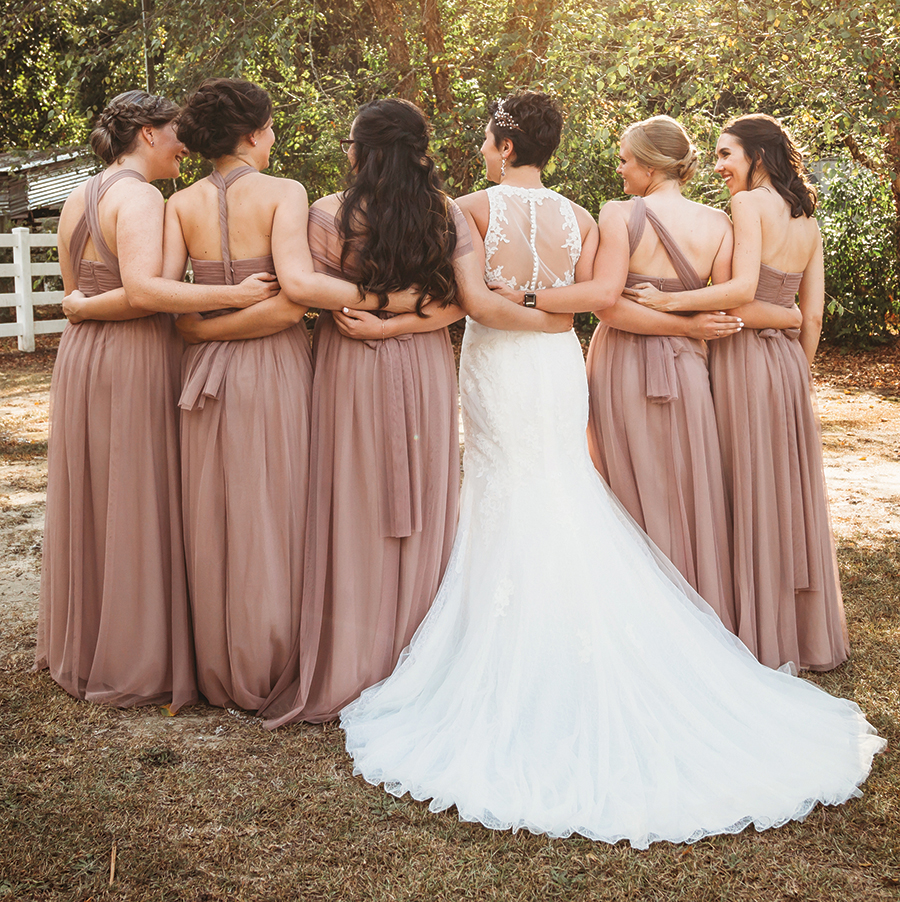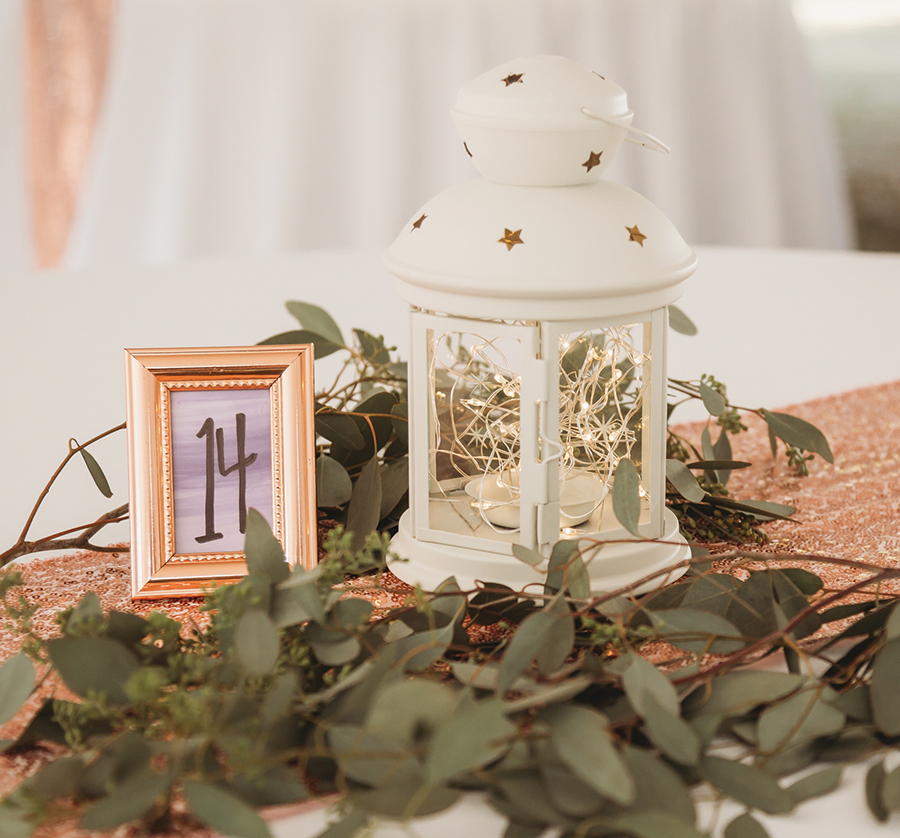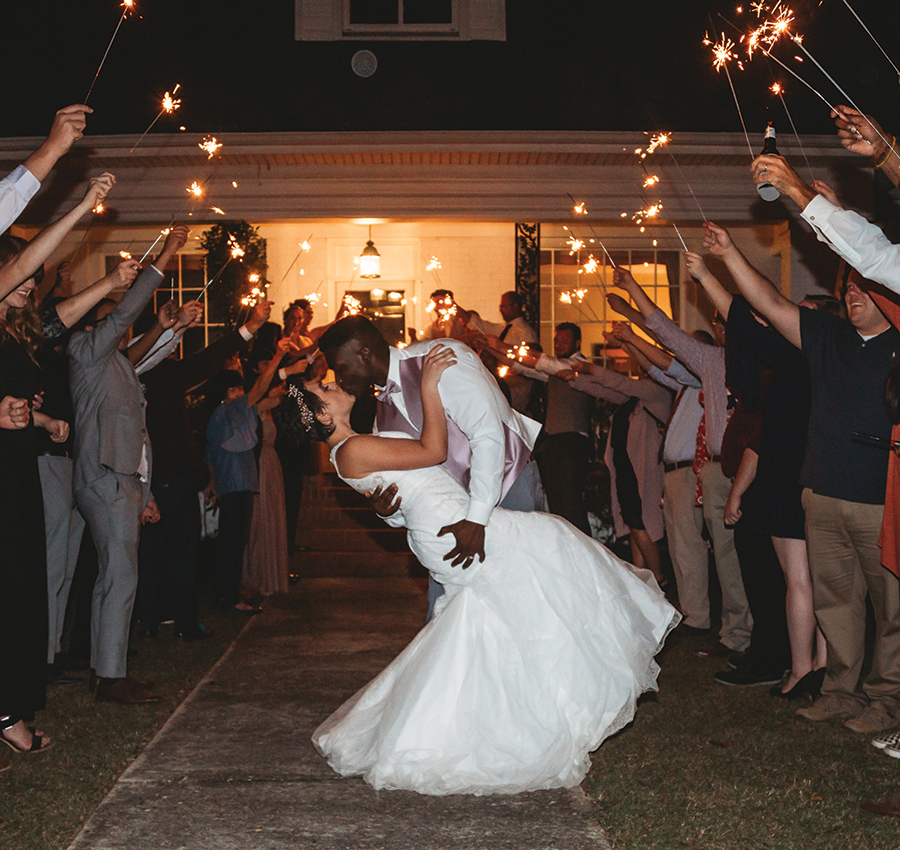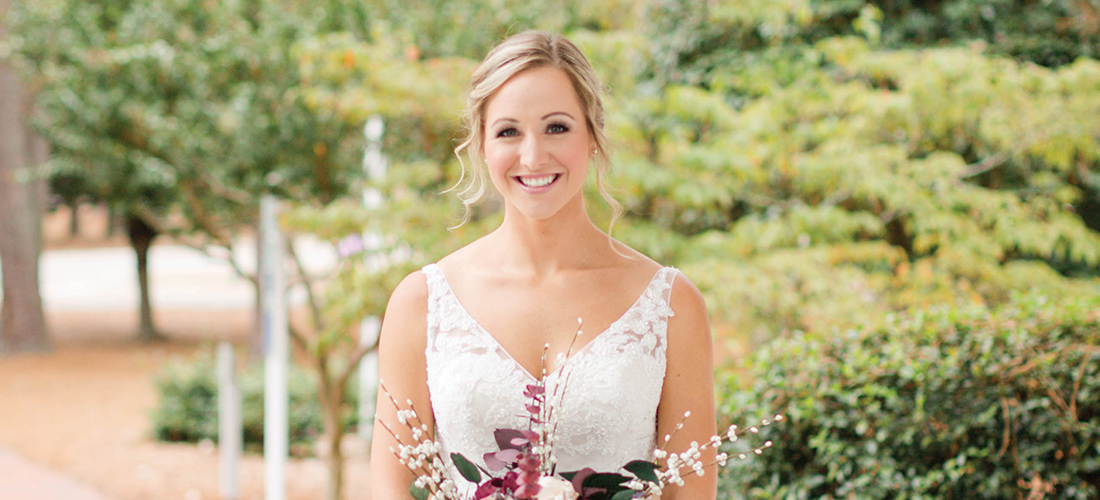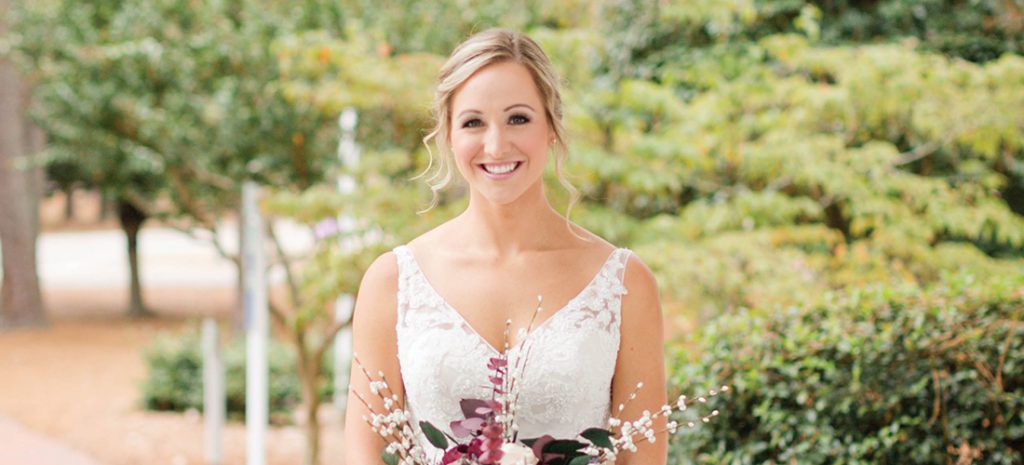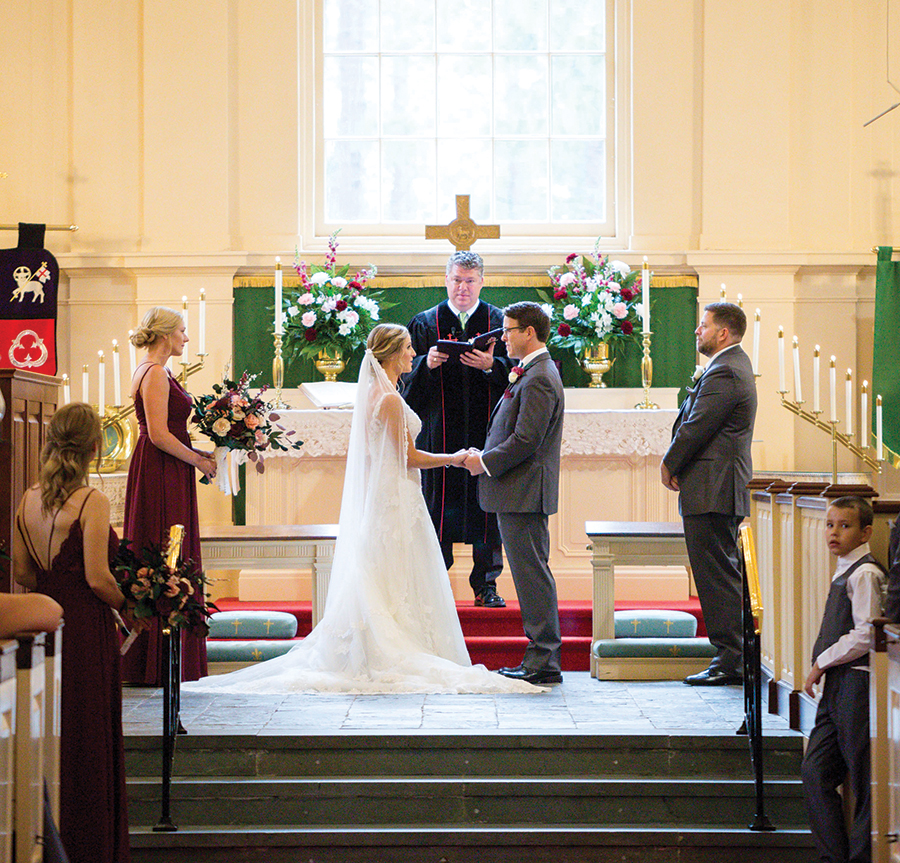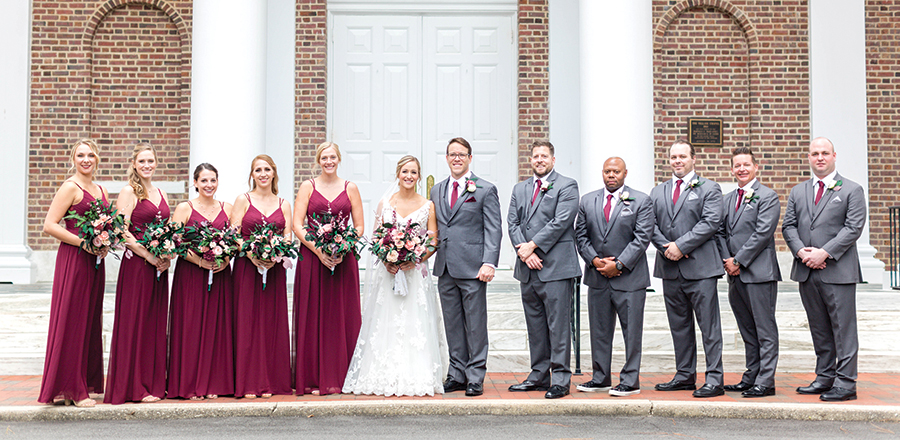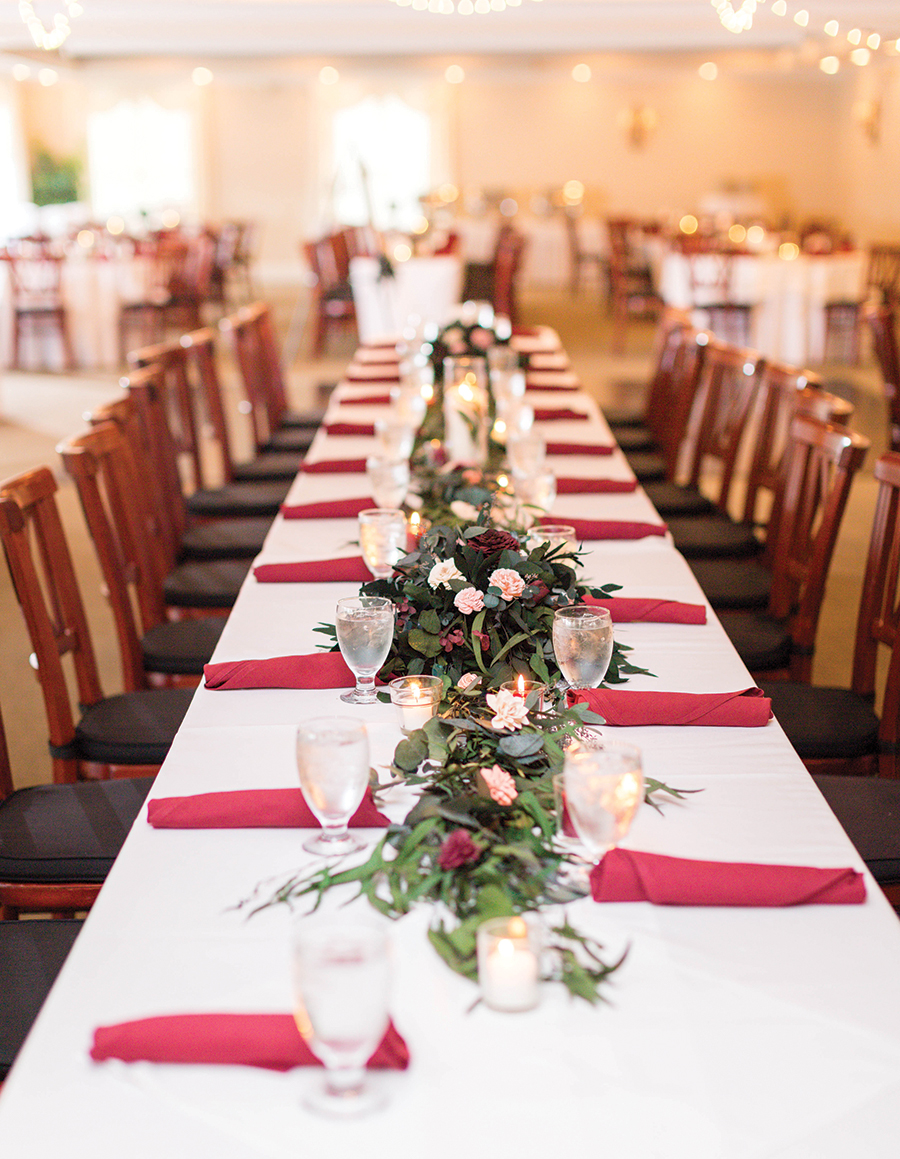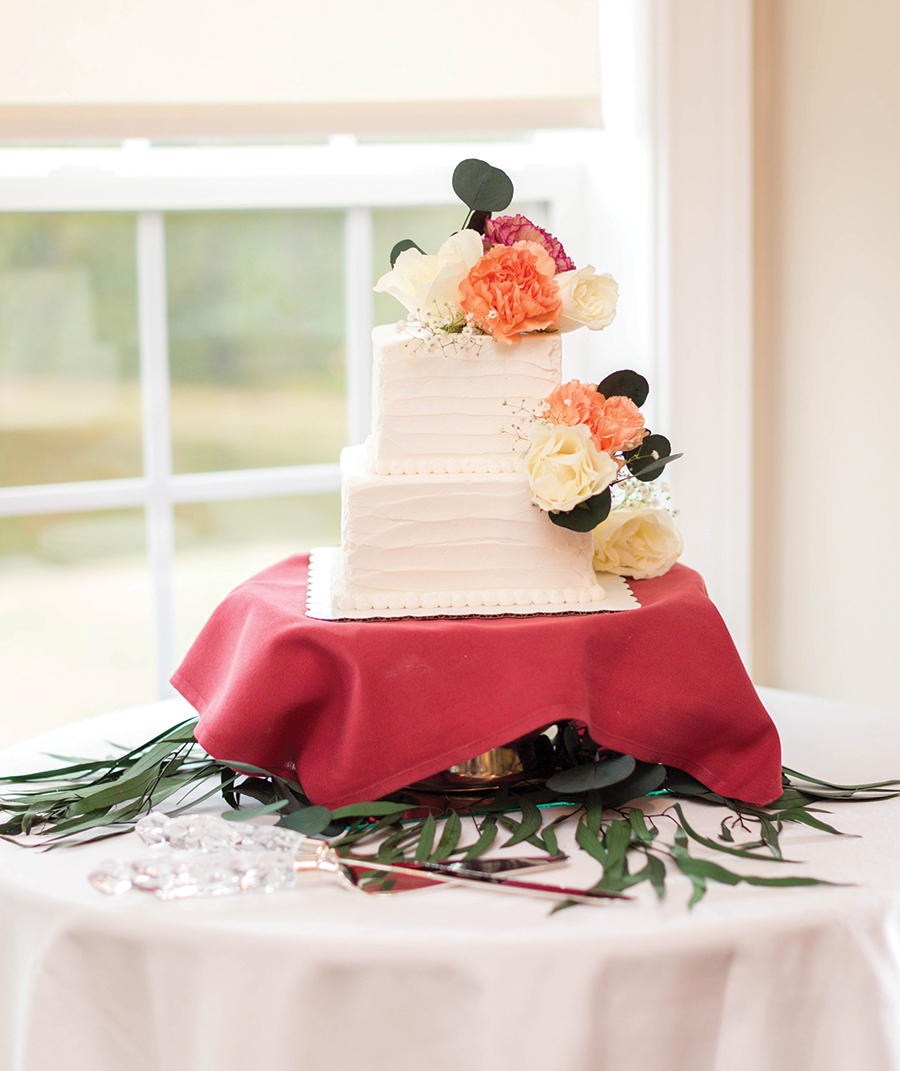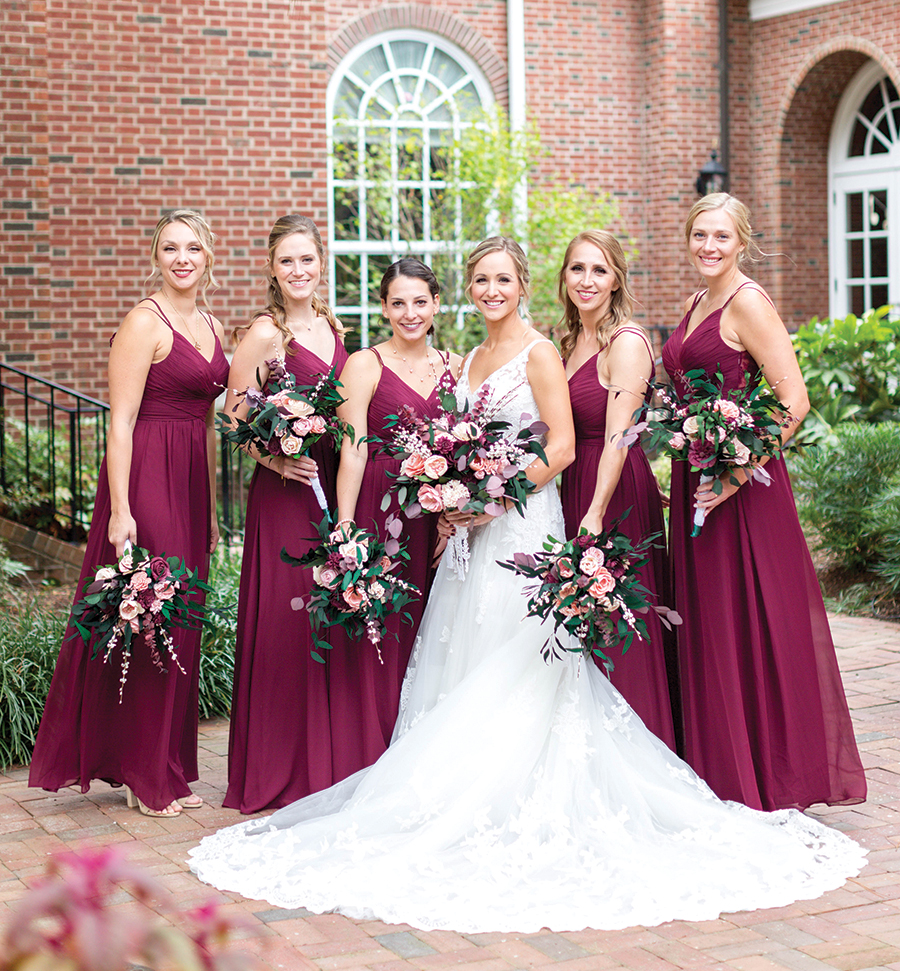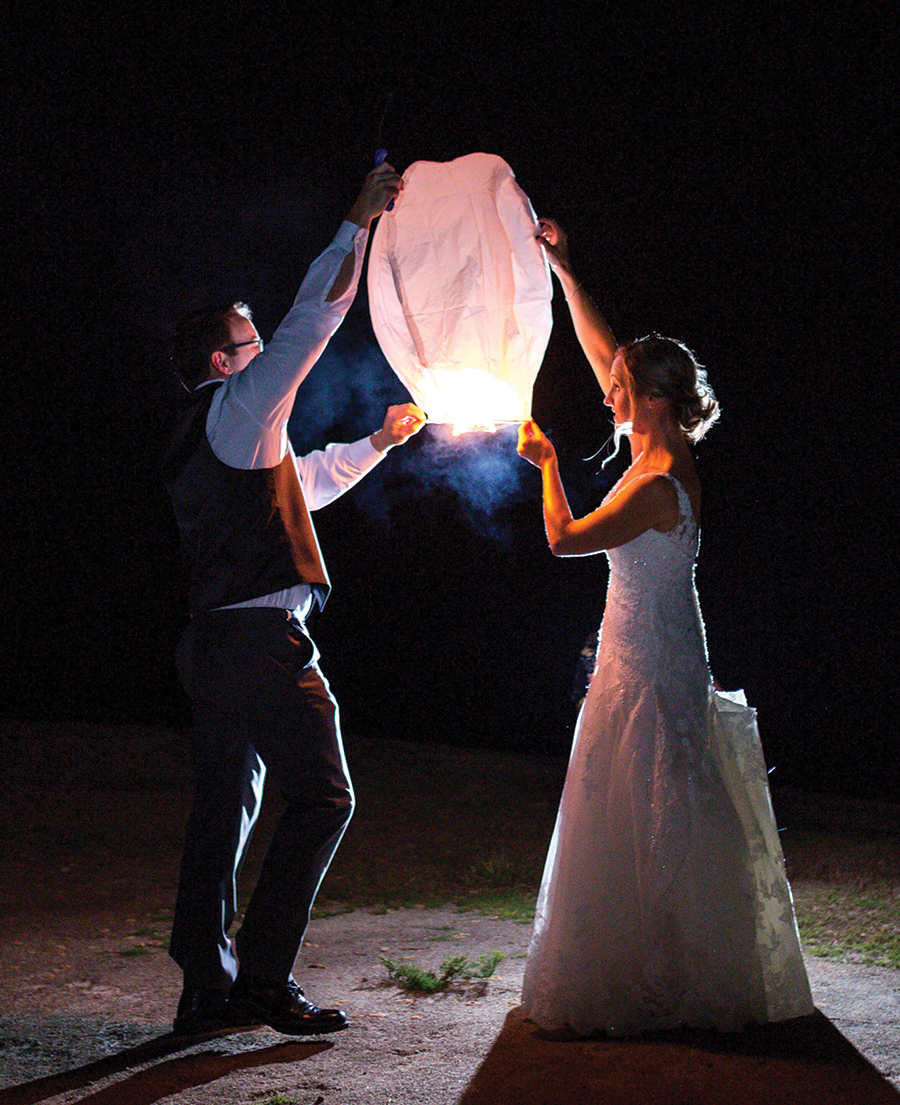Candy Hierarchy
All sweets aren’t born equal
By Susan S. Kelly
Did you come by my house on Halloween? You know, the one with no pumpkin on the stoop, no lights on, and a Grinch upstairs watching Netflix behind the shutters? I loathe Halloween, and with grown children, am now able to confess as much.
I do, however, love candy, and since you’re still picking Nestlé Crunch wrappers from your children’s pockets or out of your dryer lint trap, now seems as good as time as any for a little treatise on the topic.
Blaming a parent for obsessions — never mind neuroses — is always convenient. I grew up in an era when mothers thought nothing of buying six packs of candy bars for dessert, the same way they thought nothing of serving syrupy pineapple slices straight from a Del Monte can. Hence my first true love: Black Cow suckers, which, tragically, are nearly impossible to find these days.
I like Common Candy. By “common,” I mean common to convenience store aisles. Caramel Creams. Tootsie Rolls. Tootsie Roll Pops. Sugar Daddies. BB Bats. Kits. I like the cheap stuff, the fake stuff. And while my preferences are common, they’re not as common as my husband’s, who’ll actually buy and eat those jellied things called Orange Slices. Again, blame the previous generation.
As a child among a dozen first cousins at their lake house, my husband’s grandfather took the passel of them each day to the gas station and let them pick out a piece of candy. If that ain’t cheap entertainment, I don’t know what is, and I plan to do the same thing with my grandchildren as soon as they get enough teeth in their head to rot. One friend has a candy drawer in her kitchen especially for her grandchildren. Now, that falls in the Great Grandparent category, beating Tweetsie Railroad or some old butterfly garden like a drum. Plus, I know where the drawer is.
Like Mikey in the old Life cereal advertisements, my husband will eat anything even slightly candy-like, including peppermints. The only people who consider peppermints candy and not breath mints are children with candy canes at Christmas. I had a boarding school friend who ate Mentos like popcorn. I can still see her putting her thumb in the roll and wedging one out. Mentos are not candy. They were precursors to Tic Tacs. Peppermints are desperation candy in the same way that my sister thinks meatloaf is Depression food. Then again, I absolutely love meatloaf, which means that I keep a bowl of peppermints available for my husband. Each to his own tastes.
Has anyone ever even eaten a Zero bar but me? It’s a personal process. You peel off the waxy white coating with your front teeth, then the fake chocolate nougat, and finally, the peanuts, or almonds or whatever they are, after you dissolve the caramel they’re embedded in. This process may explain why I can’t eat M&Ms. The way I eat M&Ms, after about a dozen, my tongue has started to get raw and cracked, the way it did as a child with Sweet Tarts. Plus, milk chocolate. Eh.
Higher up on my candy food chain: Snickers. Milky Way. Mounds. Rolos. 3 Musketeers. Yup.
Beneath discussion: marshmallow peanuts and Peeps. Easter candy is a bust in general.
Sweet Tarts = not candy. Also not candy: Reese’s cups. Butterfingers. Paydays. Junior Mints. Too much peanut butter, peanuts, and, again, peppermint. Still, in a pinch I’ll eat most of those, the same way you’ll settle for a Fig Newton if there are no real cookies around. Red Hots don’t really qualify as candy either, but they definitely qualify as common. Where else but the place where I get my tires rotated could I find a vending machine that cranks out a handful of Hot Tamales for a quarter? Not a fan of Pixie Stix — why not just buy a packet of Kool-Aid, sprinkle some powder in your palm, and lick it off? — but I’ve always loved those disgusting four-packs of Nik-L-Nips and the oversized wax lips only available at (you guessed it) Halloween.
Seeing a pattern here? Clearly, I favor candy with taffy, teeth-pulling textures. Caramels, nougats, taffy itself, fudgy chocolate like a Tootsie Roll, Laffy Taffy. Milk Duds. Bit-O-Honey. Starburst in a pinch. For one birthday, a friend gave me a 12-pack of Sugar Daddys — vastly preferable to Sugar Babies — which I take to the movies. That (literal) sucker lasts the whole movie, especially if you eat the paper stick too, as I do. Nothing better than a spit-and-sugar soaked stick.
I totally do not get Skittles, but I’ll buy a Costco jar the size of those things pink pickled eggs are usually found in if it’s filled with Jelly Bellys.
But Jolly Ranchers? I’m not much on hard candy. Hard candy is for colonoscopy prep.
Fancy-pants products from “chocolatiers” are trying too hard. Just keep your Toblerone and Godiva. Riesens are as upscale as I get. Nor have I ever understood Necco wafers, Pez, or Valentine hearts. Why not just eat chalk? Same thing for those elastic band necklaces strung with pastel candy discs that you eat while wearing it, though I admire the concept.
You know that friend with the candy drawer? She keeps all her Halloween candy corn that’s gone rock hard for me. I love the stuff, and candy just doesn’t get any more common. So don’t think poorly of my October 31 antipathy. My attitude concerns the costumes, not the candy. Besides, I just love All Saints Day on November 1. Almost as much as I love Cow Tales. PS
Susan S. Kelly is a blithe spirit, author of several novels, and a proud grandmother.

